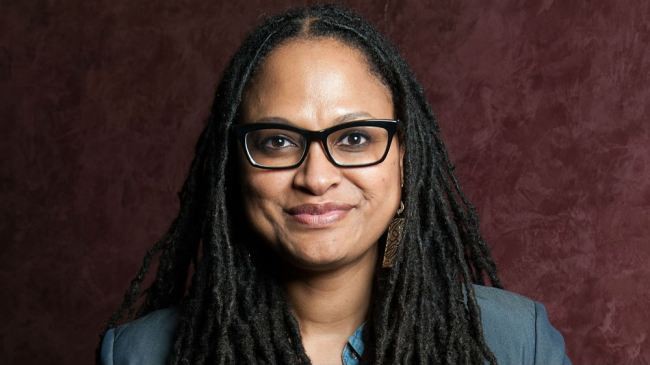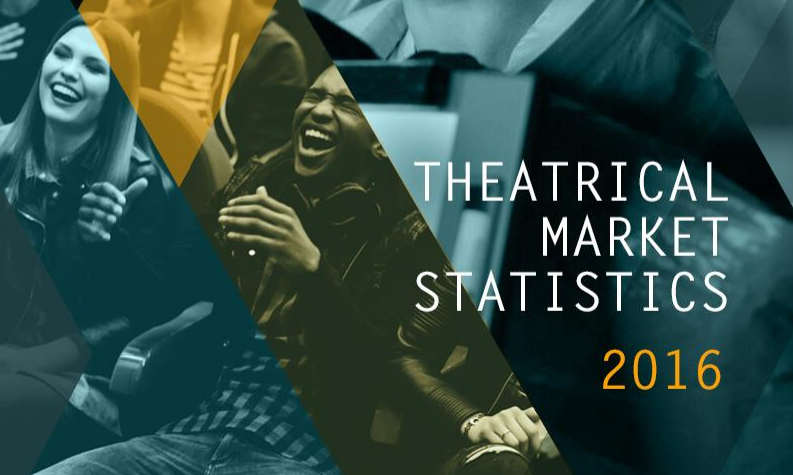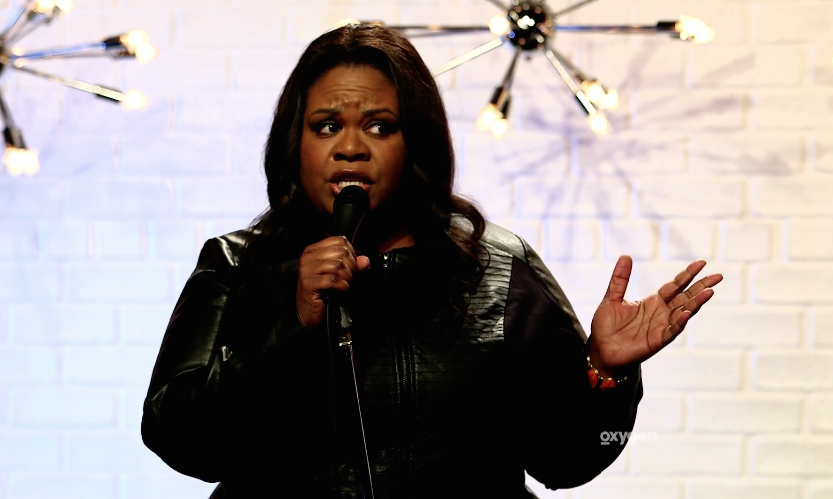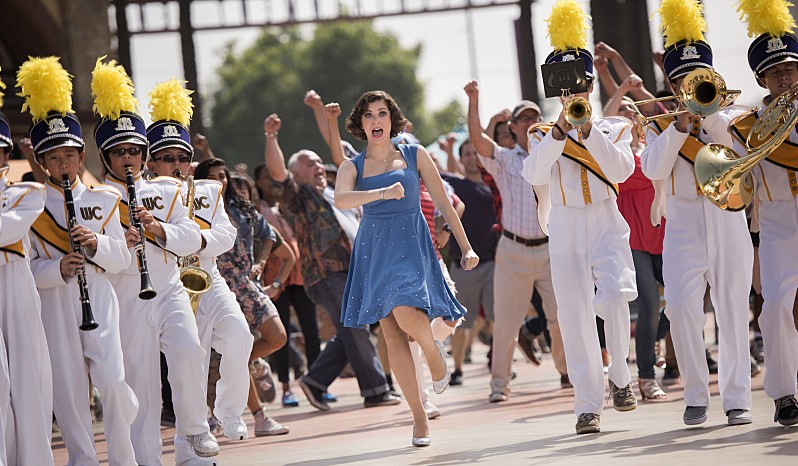After becoming the first black woman filmmaker to win the Best Director prize at the Sundance Film Festival (for her second narrative feature “Middle of Nowhere”), Ava DuVernay waited for people to pay attention.
They didn’t. “No one offered me anything,” DuVernay recalled.
It’s not because DuVernay was wrong in thinking that a high-profile award from one of the world’s most prestigious festivals would yield at least a few phone calls. Male directors get plucked from obscurity all the time. As Manohla Dargis noted, DuVernay’s treatment by the film industry was “in stark contrast with what happened to Colin Trevorrow, whose first feature, [the $650,000 indie] ‘Safety Not Guaranteed,’ was also at the 2012 festival. In what has become a familiar story of male success, he went on to direct the relaunch of a franchise behemoth, ‘Jurassic World,’” which came with a production budget of $150 million. It bears repeating: Trevorrow’s trajectory is not an uncommon one for many male directors.
The post-festival chasm between indie and studio filmmaking for female filmmakers — and the sexism that maintains that wide gulf — is documented in a new study from the Center for the Study of Women in Television and Film at San Diego State University. Research looking at documentaries and narrative features showcased at 23 high-profile film festivals in the last year found women directing 29% of nonfiction films and 18% of fiction films — significantly higher than the 7% of women helming the industry’s top-grossing films. (It should be noted that festival programming isn’t necessarily free of gender bias, either.)
The chasm between women directors’ employment at the indie and studio levels led the study’s lead researcher, Dr. Martha Lauzen, to conclude, “Women who direct are much more plentiful
than the numbers from the mainstream film industry would lead us to believe. … Claims that qualified
women directors don’t exist or are in short supply are at odds with the
data.”
Needless to say, while independent filmmaking is an essential part of cinema for both creators and audiences, it’s generally studio movies that are mostly widely seen around the world and that remunerate the best for its creative talent.
Taking into account both documentary and narrative features, Lauzen’s “Independent Women” report found that women comprised 33% of producers, 27% of executive producers, 23% of directors, 23% of writers, 22% of editors, and 12% of cinematographers.
Here are some other findings from Lauzen’s “Independent Women” report:
— Women continue to fare better in documentary than in narrative
films, accounting for 30% of all behind-the-scenes individuals working on
documentaries and 24% of those working on narrative features.
— Women comprised 9% of composers on all of the films considered (8%
on narrative features and 9% on documentaries).
These numbers are dramatically
higher than the 1% of women working as composers on top grossing films.
— Looking at both narrative and nonfiction films, women comprised 23% of directors in
2014–15. This figure is even with last
year but up slightly from 22% in 2008–09.
—
Women accounted for 23% of writers in 2014–15, up
from 22% last year and 19% in 2008–09.
—
Women comprised 27% of executive producers in
2014–15. This figure is even with last
year and up from 22% in 2008–09.
—
Women accounted for 33% of producers in
2014–15. This figure is even with last
year and 2008–09.
—
Women comprised 22% of editors in 2014–15, up
from 20% last year but down from 23% in 2008–09.
— Women accounted for 12% of cinematographers in 2014–15, up from 10% last year and 9% in 2008–09.
— In the narrative world, women fared best as producers (30%), followed by executive producers (23%),
writers (21%), editors (21%), directors (18%), and cinematographers (7%) (see
Figure 3).
— In the narrative world, women
accounted for 18% of directors working on narrative features screening at the
festivals considered in 2014–15, even with last year and up from 15% in 2008–09.
— In the narrative world, women comprised 21% of writers
working on narrative features screening at the festivals considered in 2014–15,
even with last year and up from 15% in 2008–09.







